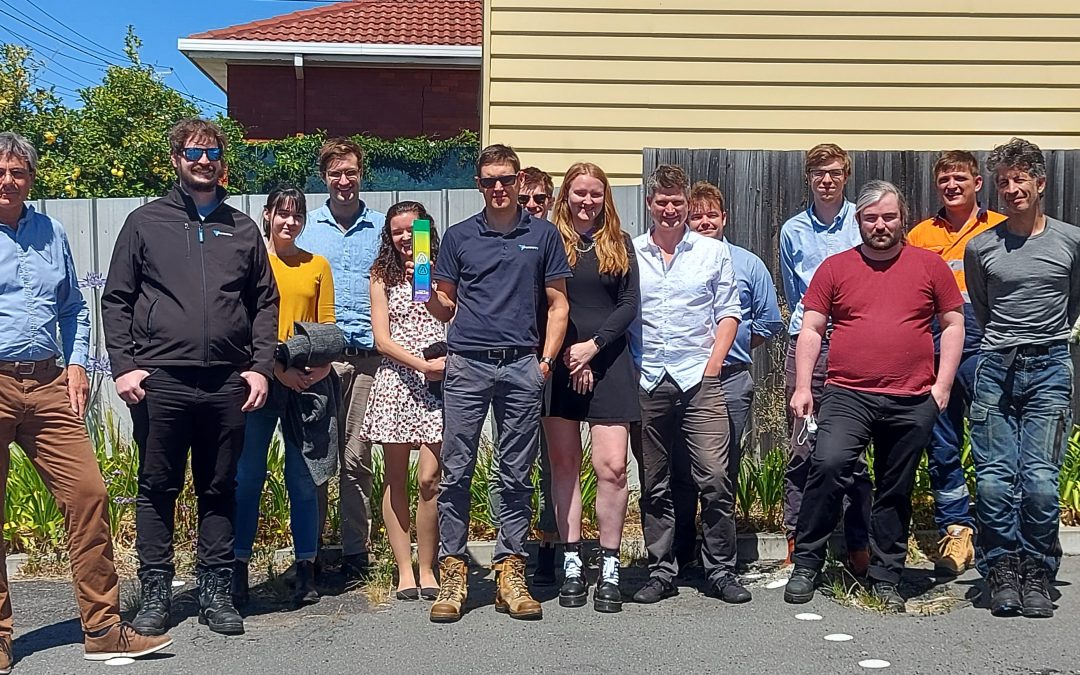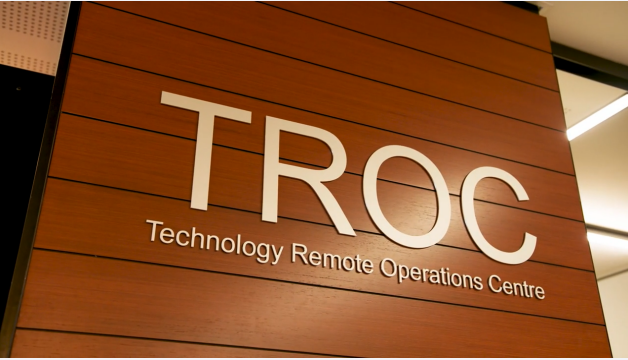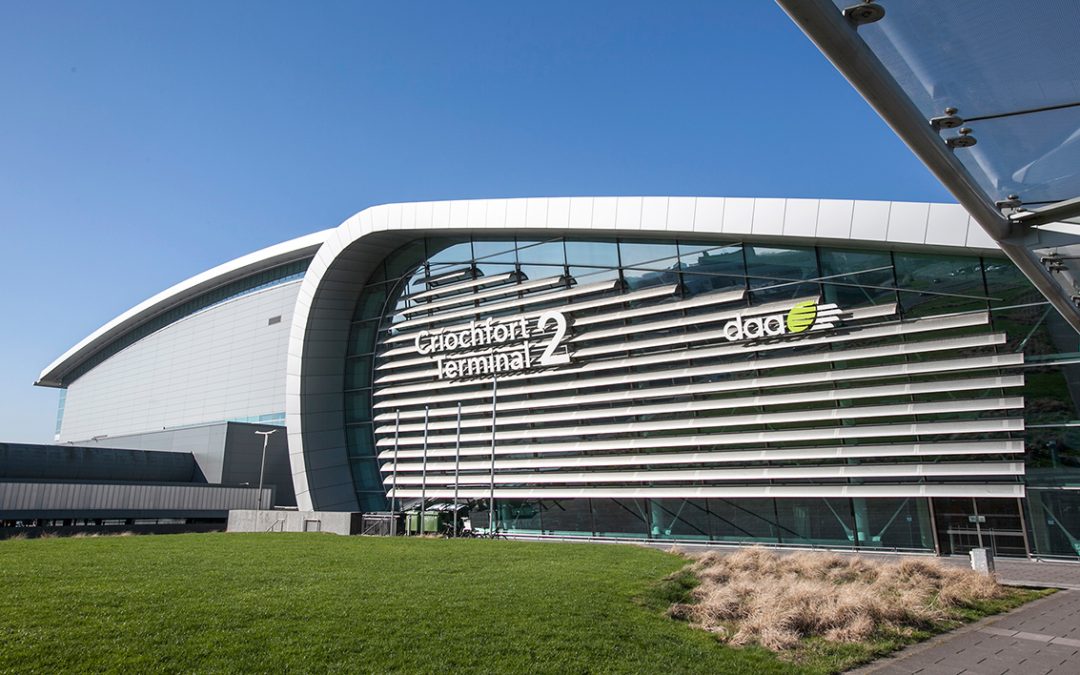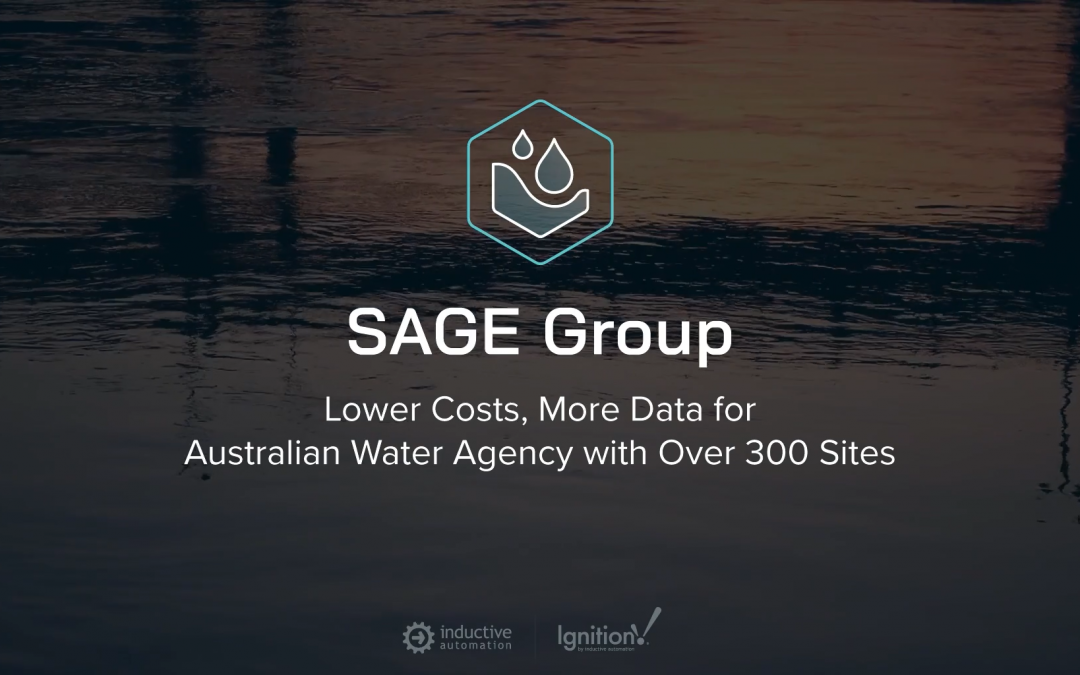Lower Costs, More Data for Australian Water Agency with Over 300 Sites
PROJECT SUMMARY:
A regional municipal council has implemented the next generation of remote telemetry monitoring and data-driven decision-making. This represents a significant step for the water industry in Australia and provides access to the same data-driven decision-making process used by large water authorities for a fraction of the cost. Since implementing the new system, the council has seen the commencement of significant cost reductions, improved planning, and data-driven decision-making.
PROBLEM:
Australia has a long history of remote telemetry operations with many water authorities covering huge geographical regions. Often these systems are based on old poorly secured technology (by current standards). This project is a great example of a small council in a growing region using a forward-thinking approach during their control system upgrade.
Alexandrina Council is one of the fastest-growing regions of South Australia, with a population greater than 27,800. During summer, the population swells with visitors, requiring the council to account for this additional peak demand. The region is home to the Murray Mouth, Coorong, and significant environmental sites including Ramsar wetlands.
The council had more than 300 remote sites across at least six independent SCADA technologies with very limited to no remote accessibility. This created a difficult asset environment to manage and meant maintenance teams were constantly traveling to collect data and spot-check the status of the different systems.
The council’s wastewater team had a future vision to leverage the rich data capture and drive analytical tools to enable predictive maintenance for their sites.
SAGE implemented a superior solution using Ignition Perspective, MQTT Sparkplug B, and LTE, that enables the council to:
- Implement a large wide-area remote telemetry system with data buffering for a fraction of the price of other comparative solutions on the market.
- Combine multiple SCADA and HMI technologies into a unified Ignition platform.
- Use a mobile-first design approach that allows data to be accessed anywhere on any device, all developed/tested and commissioned once.
- Store data from more than 300 sites and provide access to decision-making support tools.
- Reduce maintenance costs via site visibility, reducing the amount of travel needed.
SOLUTION:
The latest features of Ignition Perspective’s visualization platform were used to provide a flexible project. Taking a mobile-first approach allowed templates to be used across different devices (mobile, tablet, and desktop) without duplicating development effort. This was completed without negatively impacting the desktop environment, which includes full P&ID views using the latest Ignition piping tools.
The project is built around Ignition’s tight integration with MQTT Sparkplug B. It uses Red Lion DA30D units at each site as a common edge device which can communicate to the wide range of PLCs that the council has installed over 15 years. The ease of integration and data backfilling combine for a powerful solution at a fraction of the price of a traditional RTU architecture.
SAGE leveraged the web service connectivity, powerful scripting, and templates within Ignition to replicate an entire IoT system quickly. The Flovac IoT system is used as a data source, and Ignition’s graphics and data are all generated dynamically. This allows Ignition to be a single source of truth from an operator’s perspective and removes the need to manually update Ignition as new sites are added or removed in the IoT system. This significantly reduces the level of system maintenance required in the future.
RESULTS:
The council gained full remote visibility of sites, with multiple external systems integrated into a single centralized SCADA. As a result, operators can access historical data, as well as intelligence (such as event markers) to improve troubleshooting and response times, from whatever location they need.
SAGE takes a highly collaborative approach when working with software and hardware vendors. The requested features and improvements developed in this process change the industry for the better. Specifically, SAGE worked with the Red Lion team to improve how the MQTT backfilling process works and increase stability. Within Ignition, they were one of the first teams to implement the piping tool in a live system and provided valuable feedback on it and other critical features of Perspective like trending, alarm display, and shelving.
Introducing new operations personnel to a SCADA system is time-intensive, so 3-5-minute training videos are embedded into the system. These recordings step users through common scenarios typically covered by in-person training sessions, such as simple navigation and color standards, through to complex features like trending. This also allows experienced users to re-familiarize themselves with infrequently used features. Fundamentally, this system supports and provides critical user tools for the operators, ensuring they remain at the center of application development.
The council’s on-call support has vastly improved – previously, any alarm would require travel to the site. Using Ignition’s alarm notification system, alarms are categorized and directed to the appropriate operations group, who can log in through their mobile device or tablet, and address the alarm with the operational intelligence they need.
Operations now more effectively plan and schedule multi-site works by remotely monitoring site status to ensure a suitable operational state when they arrive at the next site to take samples and measurements.
Prioritizing alarms, reducing travel time, and performance-based maintenance create direct cost savings for the council, allowing funds to be redirected towards expansion plans. It also provides the council with the core infrastructure for analytics and machine learning tools to increase those savings even further.
DEPLOY DATE: October 2021
PROJECT SCOPE:
- Tags: 70,000
- Screens: 880 screens and 450 popups
- Clients: 1 fixed dedicated client (workstation), 5 web clients, with 20-25 mobile/tablet clients
- Alarms: 4,500
- Devices used: 80+ Red Lion Protocol Converters (DA30D); 75+ Teltonika RUTX09 4G Modems; PLCs – 80+ Koyo Click Plus, 60+ MELSEC across several varieties: MELSEC FX1N/60MRES, MELSEC FX1S/30MRES, MELSEC FX3G/40MRES, MELSEC FX3G/40MRES; 10 Modicon PC-E984-285
- Architectures used: Ignition Standard architecture with redundancy
- Databases used: 2 SQL Databases (System Data and History)
- Historical data logged: 65,000 historized tags
Presenters
Scott Avis
Scott Avis is a senior systems engineer with SAGE Group, delivering SCADA and telemetry solutions across a number of industries — including Water and Wastewater, Food and Beverage, and Mining — for more than 12 years. An advocate for improving data accessibility within smaller operations, Scott led a team of five SAGE engineers to deliver Lake Alexandrina Council’s SCADA project. Relatively new to Ignition’s SCADA platform, Scott’s deep understanding of other SCADA packages, telemetry systems and the wastewater industry helped significantly improve asset visibility and led to reduced operating costs for Alexandrina Council.
Garry Lyons – Manager Sustainable Resources
Alexandrina Council
Alexandrina Council is uniquely positioned in the picturesque Southern Fleurieu Peninsula of South Australia, approximately 80km from Adelaide CBD. Alexandrina Council comprises some 182,684 hectares and is one of the fastest-growing regional areas in South Australia – experiencing peri-urban trends while also noted for its high-quality agricultural production (the second largest industry in the region). The Alexandrina vision is about ‘connecting communities’ through regional innovation, a thriving environment, quality of life and well-being, increasing cultural vitality and activating vibrant spaces.
Want to see more post’s like this see the below latest blog posts.

Cromarty Tasmania Fire Brand Award Winners
The purpose of the project was to develop a DNV-GL approved Ship Integrated Management System (SIMS) to manage data from various inputs on the ship and present information in a consistent manner on operator workstations distributed throughout the vessel.

BHP’s Fire Brand Winning Project for TROC Center.
BHP's award-winning Ignition SCADA implementation improved their Alarm Management System by bringing all the information to one 'Single Pane of Glass' This project is a high-performance human-machine interface (HMI) which assiststechnicians at BHP’s Technology Remote...

The Integration Group of Americas (TIGA) – Case Study
TIGA utilised Perspective, Edge, and MQTT to bring significant cost savings for WaterBridge midstream water management company.

Dublin Airport – Baggage Handling System
Baggage-Handling System Upgrade Inspires Future Projects New SCADA System is Open, Flexible, and Easy to Expand Dublin Airport is the 11th-busiest airport in the European Union. More than 31 million passengers used this international airport in 2018 — a record for...
Your Coffee – A Case Study
Bringing together the online sales ordering process directly through to the factory floor. YourCoffee is Australia’s leading specialty contract coffee roaster. Partnering with businesses of all sizes, from boutique coffee operators to national retailers they deliver...


Recent Comments